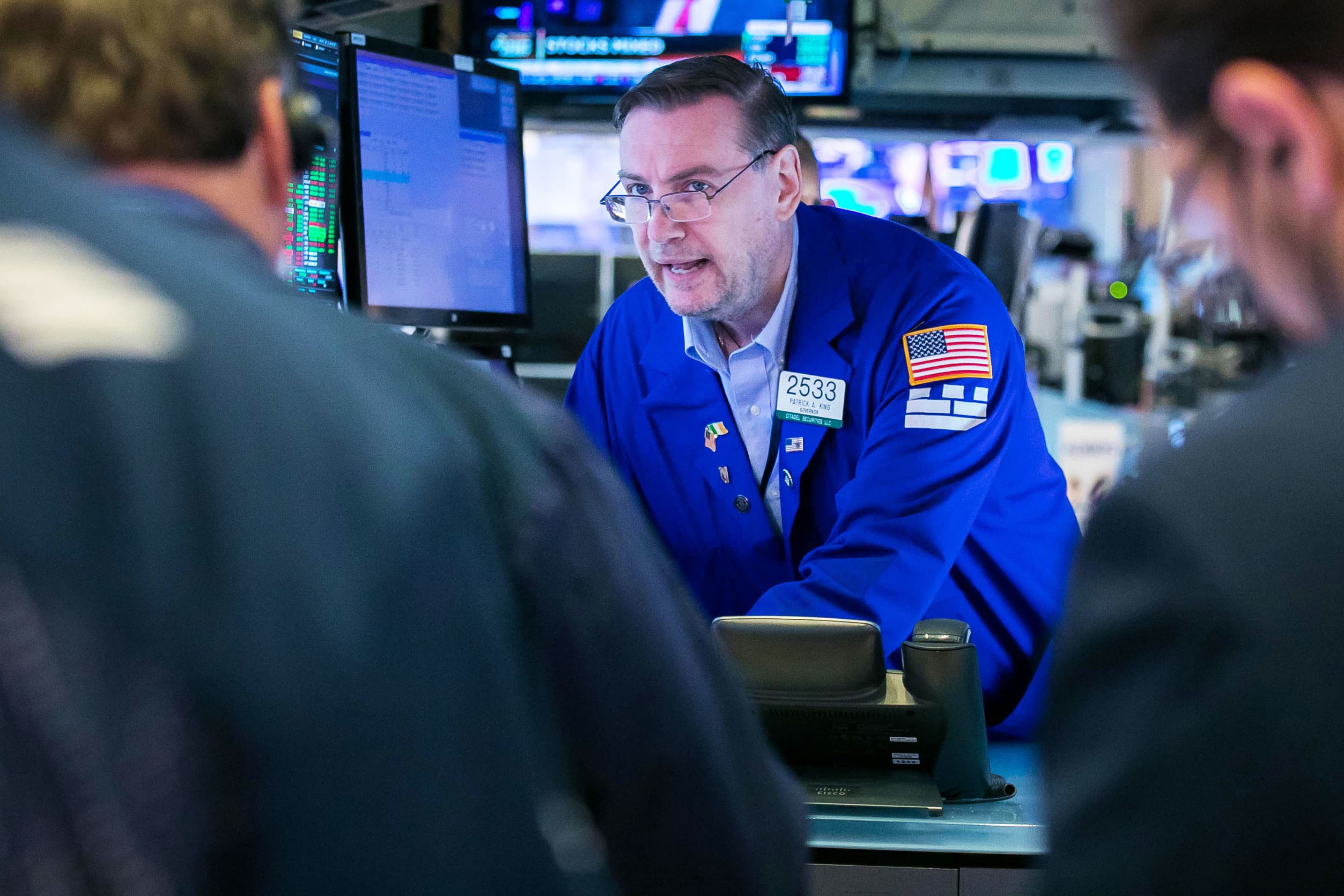U.S. stock index futures were little changed during overnight trading on Sunday, after the major averages posted their first negative week in four.
Futures contracts tied to the Dow Jones Industrial Average slid 48 points. S&P 500 futures were down 0.12%, while Nasdaq 100 futures were marginally lower.
The Dow and S&P fell 0.52% and 0.97% last week, respectively. The Nasdaq Composite, meanwhile, was the relative underperformer, dropping 1.87%, to post its worst week since May.
Inflation fears weighed on stocks, with a U.S. consumer sentiment index from the University of Michigan released on Friday showing that consumers believe prices will jump 4.8% over the next year. This is the steepest climb since August 2008. Earlier in the week, the June Consumer Price Index showed that inflation jumped 5.4% year-over-year, spooking investors.
On the flip side, retail sales numbers released Friday came in better-than-expected, rising 0.6% in June compared to expectations of a 0.4% decline.
“Inflation is still being driven by a relatively narrow range of goods and services impacted by the pandemic,” UBS said in a recent note. “We do not see inflation yet as a barrier to further gains in equity markets,” the firm added. UBS recently hiked its June 2022 price target for the S&P 500 to 4,650.
A busy week of earnings is on deck, with nine Dow components set to report and 76 S&P companies will provide quarterly updates. United Airlines and American Airlines will report, as will social media companies Snap and Twitter. CSX, Johnson & Johnson, Coca-Cola, Honeywell, IBM, Intel and Netflix are also on the docket.
The largest banks kicked off earnings season last week, and analysts at BMO noted that ahead of the start to earnings season 66 companies in the S&P 500 issued positive earnings guidance for the quarter, which is the largest since at least 2006.
“Q2 earnings season is here and another stellar reporting period is expected for US stocks with the S&P 500 y/y EPS growth rate currently sitting at 65.5%, which would mark the strongest clip since Q4 ’09,” the firm said in a recent note to clients.
On the economic data front, the National Association of Home Builders will release its latest survey results on Monday, giving consumers a glimpse into sentiment across the housing market. Economists polled by Dow Jones expect the reading to be unchanged from the prior month at 81. Anything above 50 is considered positive sentiment.
For the month of July, the Nasdaq Composite is down 0.5%. The S&P 500 and Dow are in the green, however, rising 0.7% and 0.5%, respectively. The Russell 2000 is down more than 6% amid weakness in small caps.
“The composition of recent data suggests that inflation will largely prove transitory as the Fed has stated,” said LPL Financial Chief Market Strategist Ryan Detrick. “Just how long ‘transitory’ will prove to be is the big question. We are in the middle of the season when we expected to see some hot prints, so this week has not necessarily been a surprise.”
Become a smarter investor with CNBC Pro.
Get stock picks, analyst calls, exclusive interviews and access to CNBC TV.
Sign up to start a free trial today
